Mastering the Pickleball: Pickleball Court Dimensions and More
Introduction
In the world of sports, pickleball has emerged as a dynamic and engaging game that captivates players of all ages and skill levels. This paddleball sport, which combines elements of badminton, tennis, and table tennis, has seen a meteoric rise in popularity, becoming a beloved pastime and competitive endeavor for many. At the heart of pickleball’s allure is its simplicity and the camaraderie it fosters among participants. Yet, for those looking to master the game or develop facilities for its play, a deep understanding of “Pickleball Court Dimensions” is essential.
Pickleball court dimensions are a fundamental aspect that affects not only the construction and design of courts but also strategies and gameplay. Knowing the exact size of a pickleball court, including the width, length, and specific zones such as the non-volley zone, can significantly impact a player’s performance and enjoyment of the game. Similarly, for facility developers and communities looking to embrace the sport, adhering to regulation pickleball court size ensures that the courts meet official standards for competitive play and recreational enjoyment.
This blog post aims to dive deep into the nuances of pickleball court dimensions, exploring everything from the basic measurements to the specifics of indoor pickleball court construction and the innovative adaptation of existing tennis courts for pickleball use. We’ll cover the significance of the pickleball ball size, how many pickleball courts can fit on a tennis court, and the considerations for creating portable pickleball courts. Whether you’re a seasoned player aiming to refine your game, a coach providing strategic insights, or a developer looking to build or convert facilities for this rapidly growing sport, understanding the dimensions and layout of a pickleball court is crucial. Join us as we explore the intricacies of pickleball court dimensions, laying the foundation for excellence in play and design.
The Basics of Pickleball Court Dimensions
Understanding the proper dimensions of a pickleball court is crucial for both players and developers. Let’s delve into the essentials of “Pickleball Court Dimensions,” covering everything from the basic size requirements to the specific line markings that define the play area.
Understanding the Size
The regulation size for a pickleball court is 20 feet wide by 44 feet long, a specification that holds for both singles and doubles play. This standardized size ensures a uniform playing experience across different locations and levels of play. The “regulation pickleball court size” is designed to offer ample space for movement and strategy, making the game accessible and enjoyable for players of varying skill levels.
Lines and Markings
The lines and markings on a pickleball court are not merely decorative; they are integral to the game’s rules and strategy. The court is divided into several key areas, including the non-volley zone (often referred to as “the kitchen”), baselines, and sidelines. The kitchen is a 7-foot zone extending from the net on both sides, where volleying (hitting the ball before it bounces) is prohibited. Understanding these markings is essential for strategic positioning and movement during the game.
Comparison with Tennis Courts
An interesting aspect of pickleball is its adaptability to existing tennis court spaces. Typically, up to four pickleball courts can fit on a single tennis court, making the sport an attractive option for multi-use sports facilities. The process of converting “tennis courts into pickleball courts” involves marking the smaller pickleball dimensions over the larger tennis surface, often with temporary or permanent lines. This efficient use of space underscores pickleball’s growing popularity and its ability to coexist with other racket sports.
Detailed Dimensions Analysis
Delving deeper into the specifics, the dimensions and equipment used in pickleball, such as the ball size and net specifications, play a pivotal role in how the game is played and experienced.
Pickleball Ball Size
The “pickleball ball size” significantly impacts gameplay and court design. Typically, a pickleball is smaller than a tennis ball but larger than a ping-pong ball, designed with durable materials suitable for both indoor and outdoor play. The ball’s size and weight affect its flight and bounce, requiring players to adapt their strategies and shots accordingly.
Net Specifications
The net in pickleball is a crucial element of the court, spanning the 20-foot width and positioned at a height of 36 inches at the sidelines and 34 inches in the center. These “net specifications” are designed to challenge players’ precision and skill, making the net play a central aspect of the game. Adjustments to net height for competitive play are minimal, maintaining the sport’s accessibility and consistency.
Service Boxes and Non-Volley Zones
The dimensions of the service boxes and non-volley zones are critical for understanding pickleball strategy. Service boxes, divided by the centerline extending from the non-volley zone to the baseline, dictate where serves can land. The non-volley zone, or “the kitchen,” restricts players from volleying close to the net, emphasizing the strategic importance of positioning and shot selection.
By exploring the “Pickleball Court Dimensions” in depth, from the basic layout to the specific areas of play, players and developers can gain a comprehensive understanding of the sport’s physical framework. This knowledge not only enhances the playing experience but also facilitates the accurate design and construction of pickleball facilities, ensuring they meet the needs of this rapidly growing community.
Designing and Constructing Pickleball Courts
When it comes to fostering a great pickleball experience, the design and construction of the courts play a pivotal role. Understanding the nuances of “Pickleball Court Dimensions” is just the beginning; let’s explore how these dimensions are applied in different settings, from indoor arenas to outdoor parks and even portable setups.
Indoor vs. Outdoor Courts
The primary difference between indoor and outdoor pickleball courts lies in their construction materials and space considerations. Outdoor courts typically require durable, weather-resistant surface materials such as concrete or asphalt, capable of withstanding the elements. The “size of a pickleball court” remains the same, but outdoor courts often feature additional space around the court for player movement and spectator seating. In contrast, indoor courts might use wooden or synthetic flooring, offering a more controlled environment free from weather concerns. Lighting and ventilation become crucial in indoor settings to ensure a comfortable playing experience.
Portable Pickleball Court Solutions
For those looking for flexibility, “portable pickleball court” options offer a versatile solution. Portable courts can be set up in multi-use spaces, allowing for temporary play areas in community centers, gymnasiums, or outdoor settings. These courts usually consist of easily assembled nets, lines that can be laid down and removed as needed, and modular flooring when necessary. The advantage of portable courts is their ability to bring the game to diverse environments without the need for permanent court construction.
Indoor Pickleball Court Construction
Diving into the specifics of “indoor pickleball court construction,” several factors must be considered to create an optimal play area. The choice of flooring material affects ball bounce and player comfort, with options ranging from traditional hardwood to modern synthetic surfaces designed for shock absorption and durability. Lighting should be evenly distributed to eliminate shadows and glare, enhancing visibility for players. Effective ventilation systems are also essential to maintain air quality and temperature control, ensuring a pleasant environment for intense play.
Converting Tennis Courts into Pickleball Courts
The conversion of tennis courts to pickleball courts is a practical solution for communities and facilities looking to embrace the growing popularity of pickleball without constructing new courts from scratch.
How Many Pickleball Courts on a Tennis Court?
A common question arises: “how many pickleball courts fit on a tennis court?” The answer depends on the layout and design, but typically, up to four pickleball courts can be accommodated within the dimensions of a standard tennis court. This efficient use of space allows for a significant increase in player capacity and maximizes the utility of existing sports facilities.
Temporary vs. Permanent Conversions
When converting “tennis courts into pickleball courts,” the decision between temporary and permanent modifications is crucial. Temporary conversions might involve portable nets and removable court lines, offering flexibility for multi-sport use. Permanent conversions, however, entail the painting of dedicated pickleball lines and, in some cases, the adjustment of net height. These permanent changes reflect a commitment to providing dedicated pickleball facilities but reduce the court’s versatility for other sports.
Case Studies and Examples
Illustrating successful conversions, several case studies highlight the transformation of tennis courts into thriving pickleball hubs. These examples often showcase before-and-after scenarios, detailing the planning, execution, and community response. From community parks to private clubs, the conversion process involves careful consideration of “pickleball court dimensions,” player needs, and local demand, ultimately leading to vibrant spaces that cater to the enthusiasm surrounding this fast-growing sport.
Understanding the complexities of designing, constructing, and converting spaces for pickleball, with a keen eye on “Pickleball Court Dimensions” and related considerations, is essential for meeting the needs of players and communities alike. Whether through innovative construction projects or clever conversions, the development of pickleball facilities is a testament to the sport’s enduring appeal and expanding footprint.
Rules and Regulations
Navigating the rules and regulations surrounding “Pickleball Court Dimensions” and gameplay is vital for players, coaches, and facility managers alike. This section delves into the core rules that hinge on court dimensions and the critical aspect of regulation compliance for tournament play.
Pickleball Court Rules
The rules of pickleball offer a framework that ensures fair play, safety, and enjoyment. Several key rules are directly tied to the court dimensions and layout:
- Service: The serve must be made diagonally across the court, landing within the opposite service box. The service area is bounded by the baseline, the non-volley zone (the kitchen), and the sideline, emphasizing the importance of precise “pickleball court dimensions.”
- Non-Volley Zone: Commonly known as “the kitchen,” this area extends 7 feet from the net on both sides. Players are prohibited from volleying the ball (hitting it in the air before it bounces) within this zone, a rule that impacts strategic movement and positioning on the court.
- Boundaries: The sidelines and baselines define the in-play area. Balls landing outside of these lines are considered out of bounds, underscoring the significance of knowing the “size of a pickleball court.”
Regulation Compliance
For tournament play, adhering to the official “pickleball court dimensions” is non-negotiable. Courts that deviate from the standard size and layout can significantly affect game dynamics, potentially giving unfair advantages or disadvantages to players. Compliance with regulations ensures that competitive play is fair and standardized, providing a level playing field for all participants. Facility developers and tournament organizers must ensure that courts meet these standards, from the “size of the pickleball court” to the specific placement of lines and nets.
Maintenance and Upkeep
Maintaining a pickleball court in pristine condition enhances the playing experience and ensures the longevity of the facility. Here are some tips and best practices for “maintaining your court,” along with advice for handling seasonal considerations.
Maintaining Your Court
- Surface Cleaning: Regularly clean the court surface to remove debris, dust, and water that can affect playing conditions and cause wear over time. Use gentle cleaning solutions and equipment to avoid damaging the surface.
- Line Repainting: The clarity of court lines is essential for accurate play. Inspect and repaint lines as needed to keep them visible and precise, adhering to the “regulation pickleball court size” for all markings.
- Net Care: Check the net regularly for wear and tear, ensuring it is properly tensioned and positioned at the correct height (36 inches at the sidelines and 34 inches at the center). Damaged nets should be repaired or replaced promptly.
Seasonal Considerations
Outdoor pickleball courts require additional care to cope with changing weather conditions and seasons:
- Winter Preparation: In areas with harsh winters, consider using covers to protect the court surface from snow and ice damage. Drain any water from nearby containers to prevent freezing and cracking.
- Summer Maintenance: High temperatures and direct sunlight can cause surface materials to expand and potentially crack. Regular inspection and timely repair of any damage will help maintain the court’s integrity.
- Water Management: Ensure proper drainage around the court to prevent water accumulation, which can damage the surface and affect playability.
By adhering to these rules, regulations, and maintenance practices, pickleball players and facility managers can ensure that courts remain a welcoming and competitive space for the sport. The emphasis on “Pickleball Court Dimensions” and their maintenance underpins the sport’s growth and the community’s enduring enjoyment.
Conclusion
The journey through the world of “Pickleball Court Dimensions” underscores the pivotal role these measurements play in enhancing the game of pickleball. From the precise layout of the court to the strategic placement of the net and lines, every detail contributes to the gameplay, safety, and overall enjoyment of the sport. Whether you’re a beginner learning the ropes or an experienced player aiming for competitive play, understanding the nuances of court dimensions is invaluable.
For coaches, this knowledge facilitates the development of targeted training programs, enabling players to navigate the court efficiently and leverage strategic positions. Facility developers and community planners stand to benefit from this insight as well, ensuring that new courts meet the standards for official play and accommodate the growing demand for pickleball facilities.
As pickleball continues to sweep across communities, bringing together players of all ages and backgrounds, the importance of well-designed courts cannot be overstated. Adhering to the “regulation pickleball court size” and considering factors like “how many pickleball courts fit on a tennis court” are crucial steps in fostering spaces where the sport can thrive.
We invite you, our readers, to dive deeper into the world of pickleball. Whether you have stories of your own about playing on a court that was just the right size, questions about converting tennis courts into pickleball courts, or insights into maintaining the perfect playing surface, we’d love to hear from you. Share your experiences and questions about “Pickleball Court Dimensions” and layout in the comments below.
For those seeking further information or looking to contribute to the pickleball community, consider exploring additional resources. Websites dedicated to pickleball, sporting goods stores, and construction companies specializing in sports facilities offer valuable information and equipment for anyone interested in pickleball court construction and maintenance.
As pickleball evolves, so does our understanding and appreciation of the spaces we play in. Let’s continue to grow, learn, and enjoy this wonderful sport together, making every court a testament to the community’s passion and dedication to pickleball.
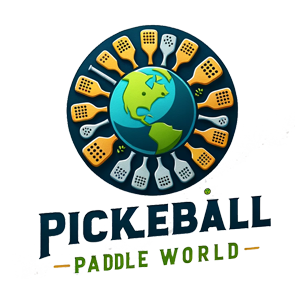

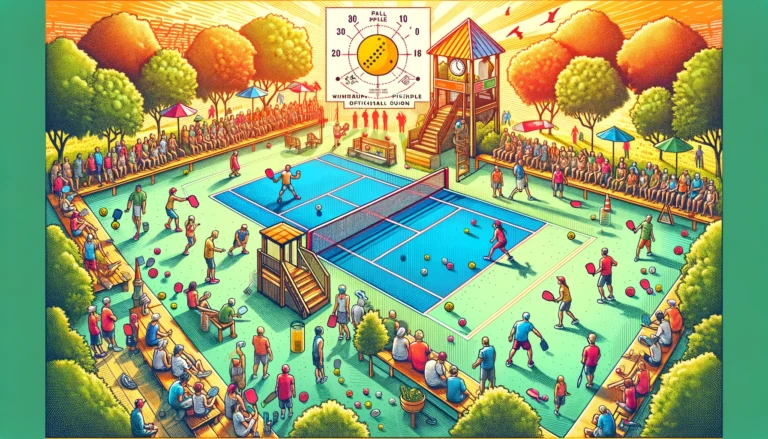
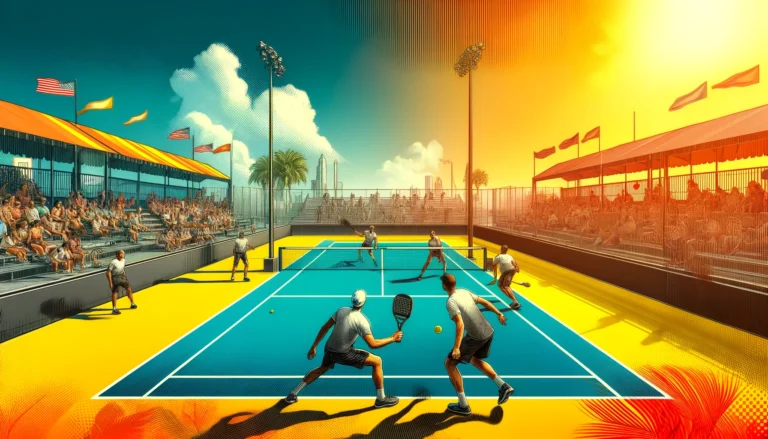
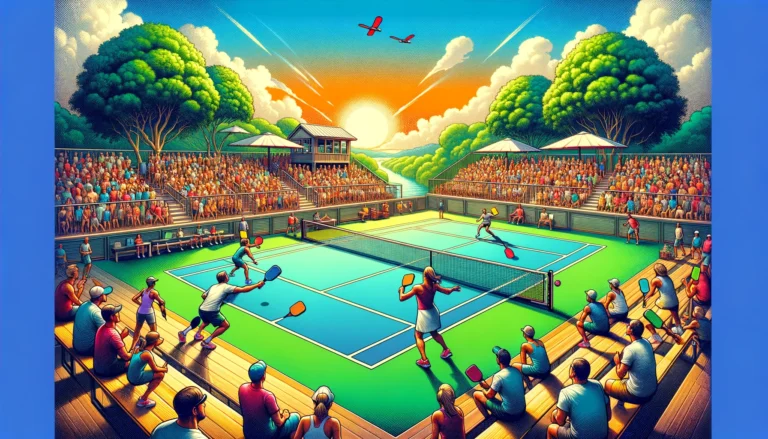
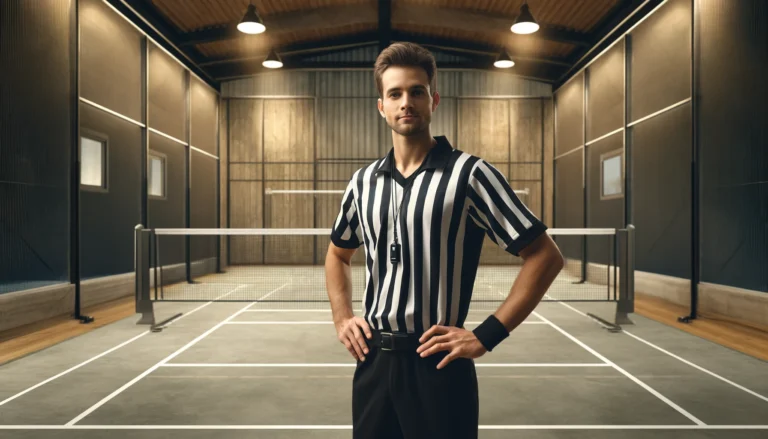
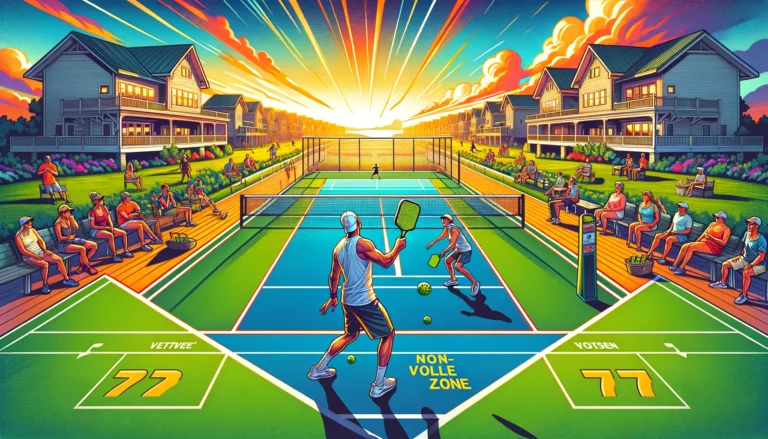
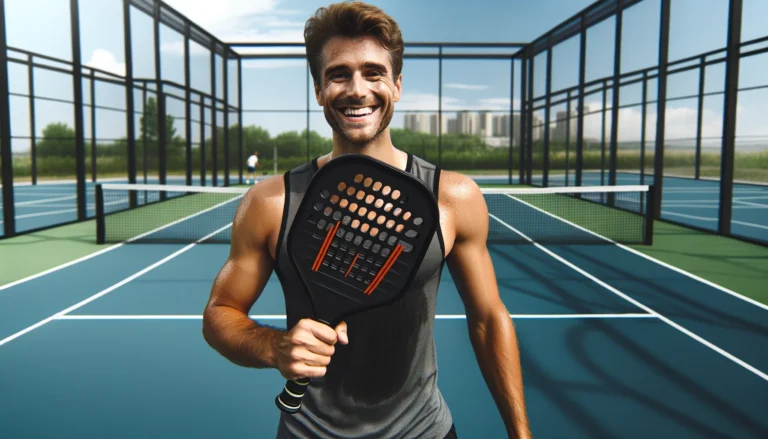
One Comment